Inspirations and Interesting Tidbits
Unlike many gas lamp fantasies, my upcoming novel Where the Angels Dream is not set in Victorian London or New York or some other similarly industrious city (or sometimes the fantasy equivalent of them). No, for Ashwood town and the land around it, my inspiration came from places a little closer to home.
I grew up on the southeast coast of Florida. And although that may not be the first place that comes to mind when you think about the turn of the 20th century, there was a great deal of history being made here then. Henry Flagler was bringing down the railroad and with it change and an interesting mix of old and new. The old settler families who had long been here trying to carve a living out of the sand and swamp would find themselves living side by side with the extremely rich who were moving down to build their mansions and enjoy the milder winters.
Like any storyteller, I took little bits of this history and wove it in with my memories of growing up here to make a place all its own.
InspirationsThe original inspiration for Ashwood town came from the city of St. Augustine on the far northeastern coast of Florida. The city was founded in 1565 and is the oldest continuously occupied settlement of European and African-American origin in the United States. Ashwood soon became its own place, of course, so that by the time everything was said and done there was not a great deal of the oldest city left in it. Still, much of the flavor of my late-night rambles past the Huguenot cemetery, through the old city gates, and down the narrow lanes in the historic district lingers in the Bottoms and the streets of Ashwood.

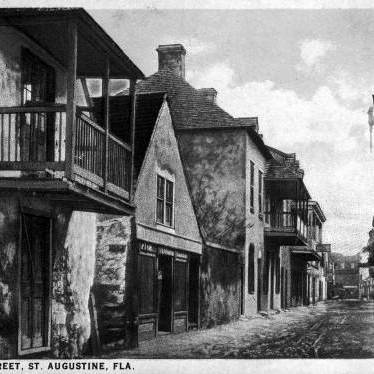

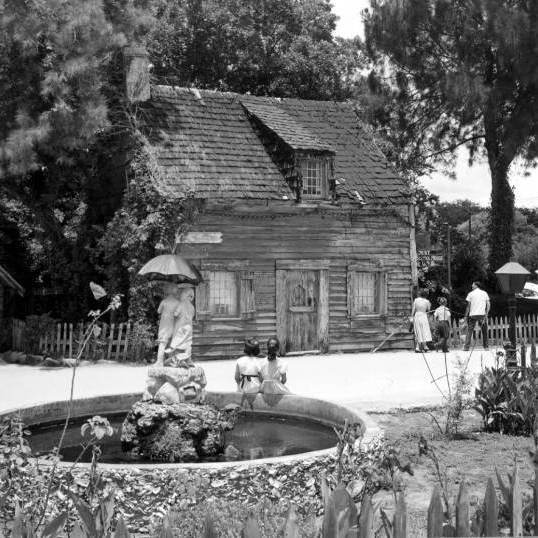
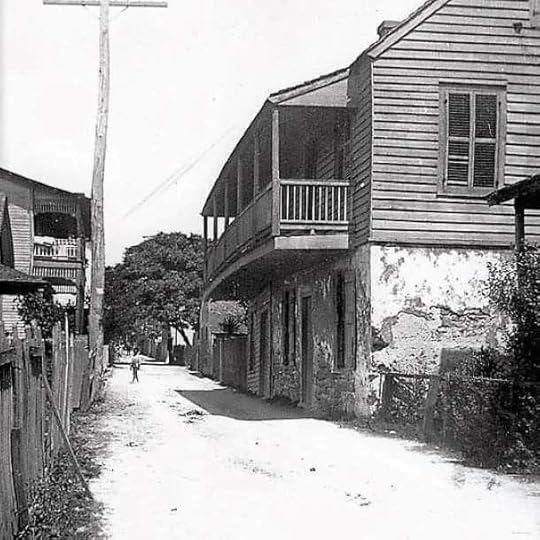
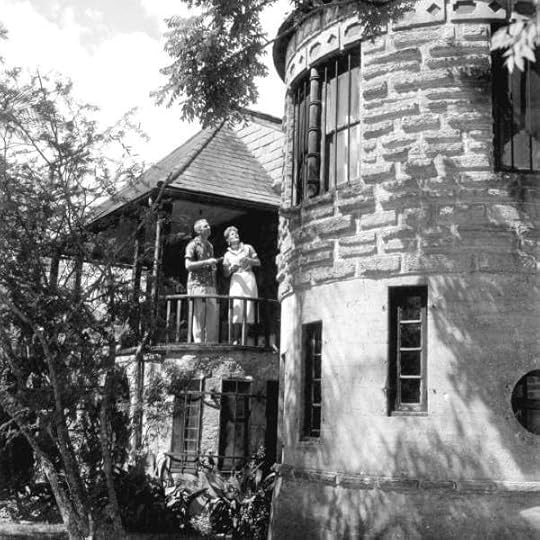
The Ascher family cemetery grew from my visits to St. Augustine’s Huguenot and Tolomato cemeteries, and the cemetery at the shrine of Our Lady of La Leche. Only the Ascher’s cemetery is much larger and much, much more overgrown. Whether is it more lively than its inspirations I can’t say, I guess you’ll have to visit St. Augustine to find out.



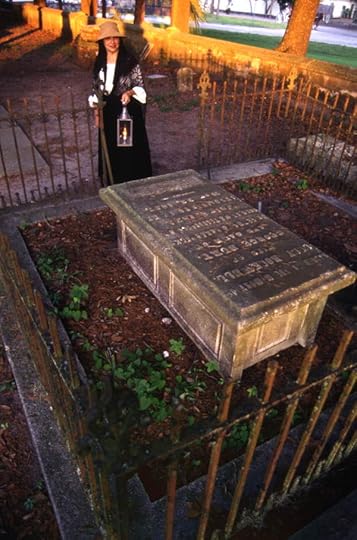






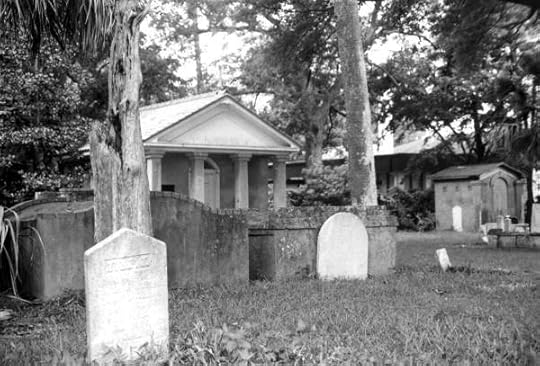 Interesting Tidbits
Interesting TidbitsIt was pointed out to me that not everyone will know what an oak hammock, coquina, or a cracker house is. So, I thought why not include a few short descriptions? It was interesting to put words to things I have seen my whole life. I hope you enjoy them also, either as satisfying little bites or doors that send you down rabbit holes.
Coquina is a sedimentary rock made up of layers and layers of tiny shell fragments and quartz grains, all held together by calcium carbonate. Native to Florida, it is soft and easily cut from the ground but hardens once it’s exposed to air. It was used extensively for construction in early settlements, sugar mills, and plantations across Florida. The Castillo de San Marcos in St. Augustine which is 450 years old was built from coquina, as were the city gates. You can see many walls of this beautiful, unique stone still standing throughout the old city.
Another building material that isn’t mentioned in this book is tabby concrete. It was also used extensively in early settlement construction. Oyster shells were burned to make lime, which was then mixed with sand, water, and more broken oyster shells to make, in essence, a man-made version of coquina.
The term “Cracker” was used for the descendants of Florida’s (and Georgia’s) early English settlers. Cracker houses were simple structures out of necessity since the settlers had little money or building materials to work with other than what they could find right there. They were built up on pilings made of oyster shell, coquina, or clay brick, with plenty of windows and a deep front porch to help manage the extreme heat of Florida. They often only had one room and had steep roofs covered in cypress shingles to shed the rain quickly. Made of wood, cypress or pine usually, they sometimes had a stone or brick chimney at one end, though not always.
Houses built in the Queen Anne Victorian style have always reminded me of fairytale castles with their turrets, towers, and balconies dressed in gingerbread trim. Whimsical and unique, they often sported windows of leaded or colored glass and wrap-around porches. Muilt-storied affairs with dormers and gabled roofs, they were the epitome of decorative excess. But, very beautiful nonetheless.
Tidewater houses, which can be found all over the South, are wooden houses built with coastal or seasonal flooding in mind. Often two stories high themselves, they were also built up on stilts or pilings sometimes a full story high up in the air, with the main entrance and living spaces on the upper levels. Both stories commonly had expansive wrap-around porches with a low-hipped roof line that extended over the porch and wide eaves. They had numerous windows set up to catch the cross breezes that might bring some relief in the intense heat of Florida summers. They are also sometimes called Low Country houses because of the areas where they were built.
You can still see examples of Spanish colonial architecture in St. Augustine today. Houses built in this style had thick walls usually made of adobe or brick, or in the case of the ones built in Florida, coquina or tabby concrete covered in stucco or lime wash. The earliest versions were often one story with flat roofs, but the ones built later stood two or two and a half stories high. They were inward-facing houses with loggias, courtyards, and balconies mostly encompassed by the mass of the house. Though shorter, exterior balconies built to overhang the streets the houses were on would sometimes be included. Shutters or bars made of wood or iron were common features, as were gardens and garden walls. There are several interesting books on the architecture of St. Augustine, including Houses of St. Augustine, 1565 – 1821 by Albert Manucy which is well worth checking out if your interests lie in that direction.
In this book, the architecture of the original Ascher homestead fell more along the lines of Spanish colonial, while the newer Ascher house was of the Queen Anne style.
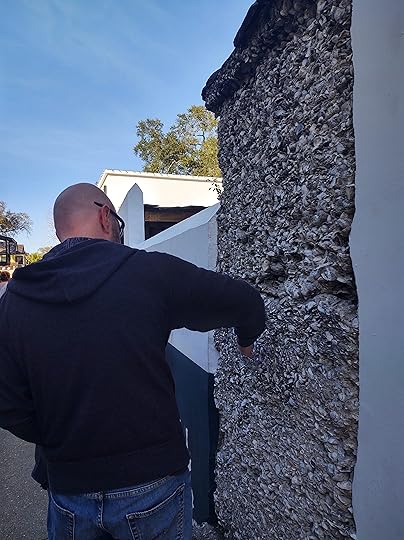


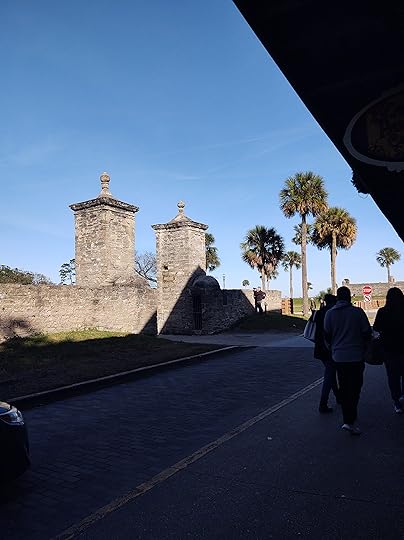

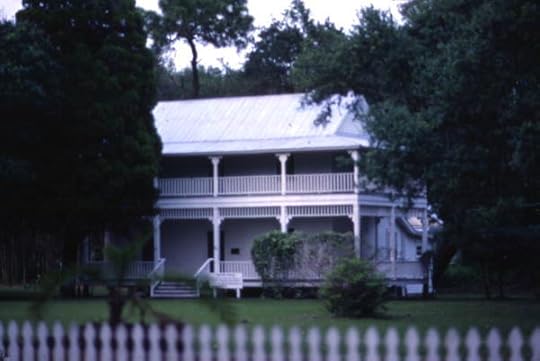
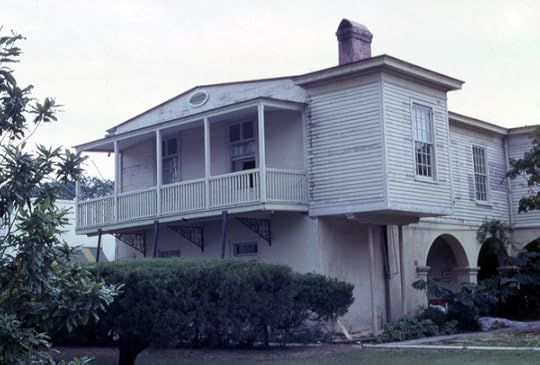
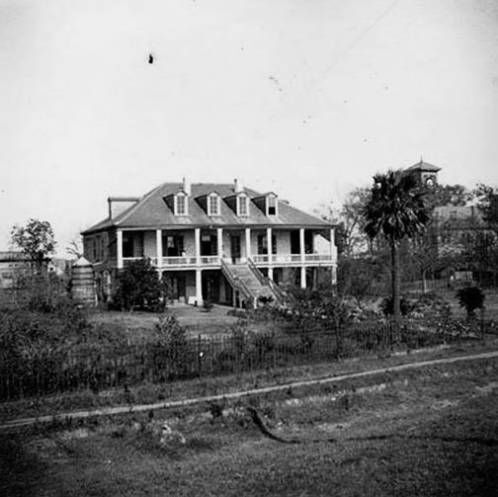




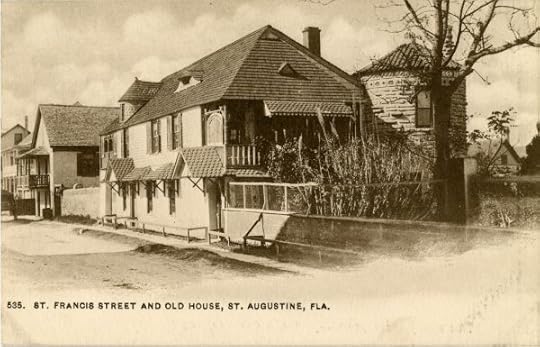
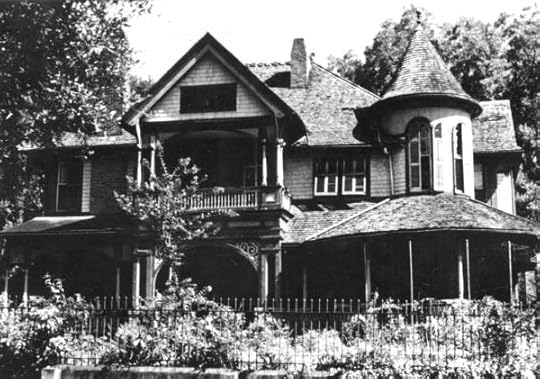
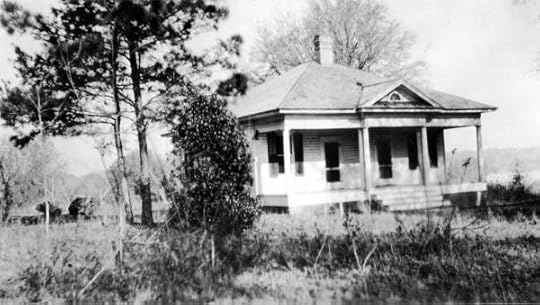

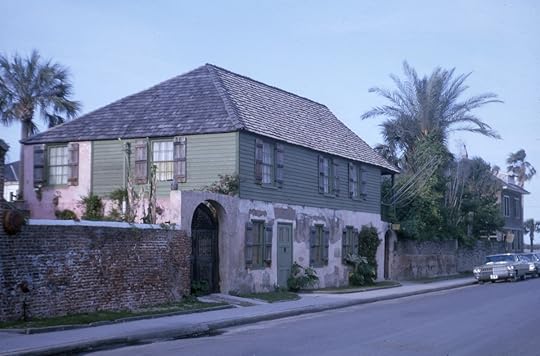
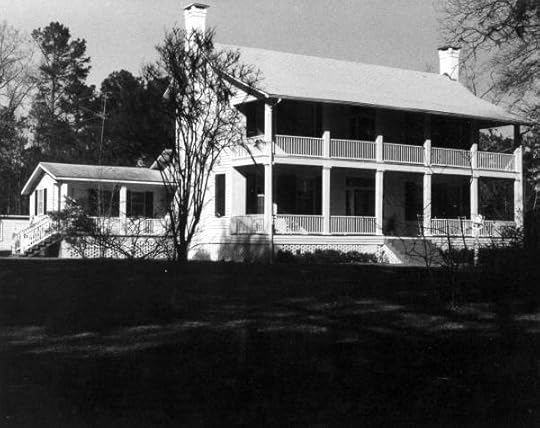
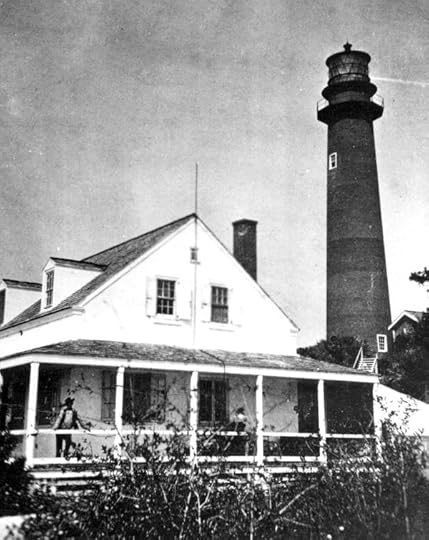

All the photos in this post were either taken by me or are public domain. I found the majority on the site Florida Memory, which is a treasure trove of old pictures.



